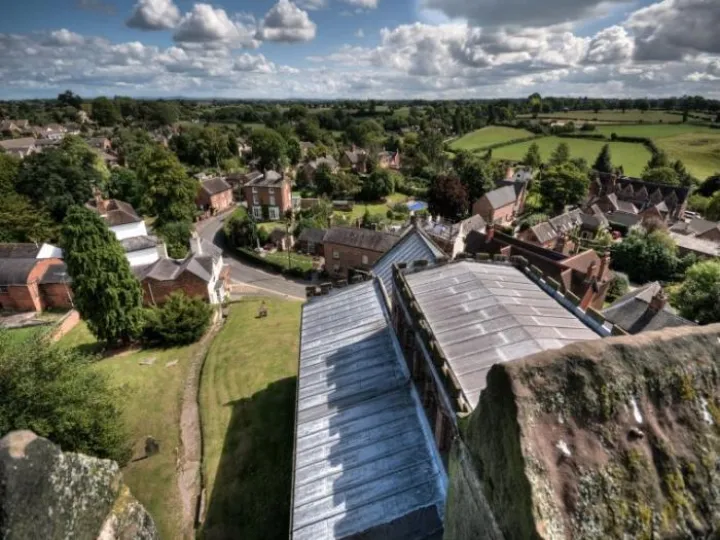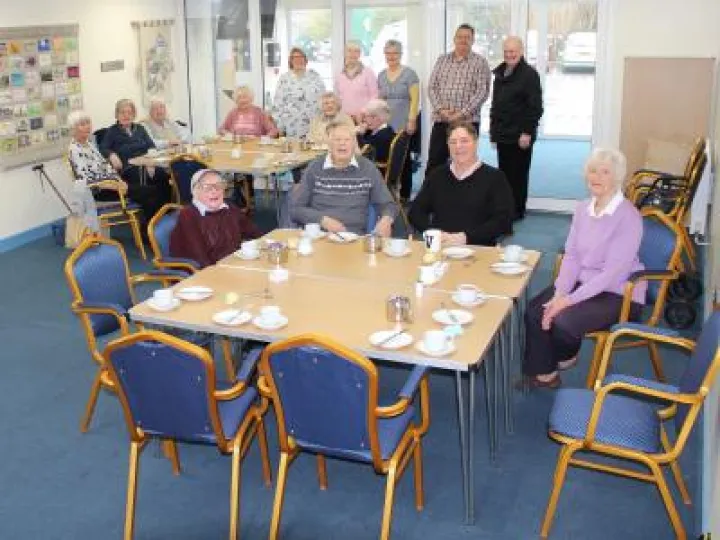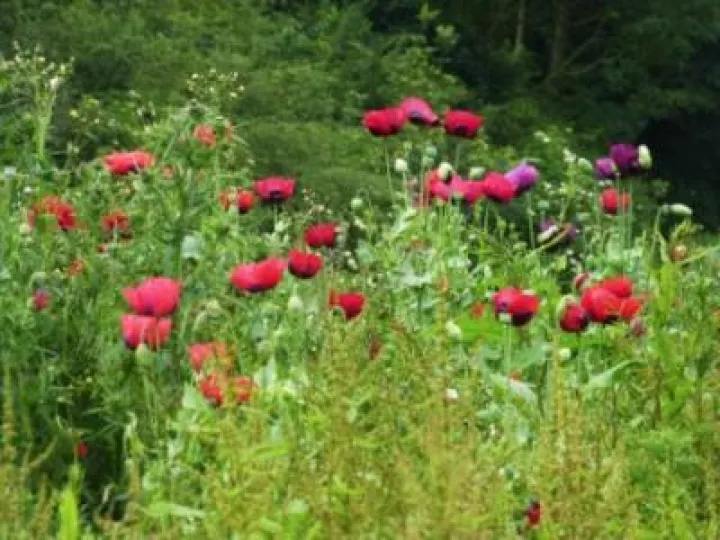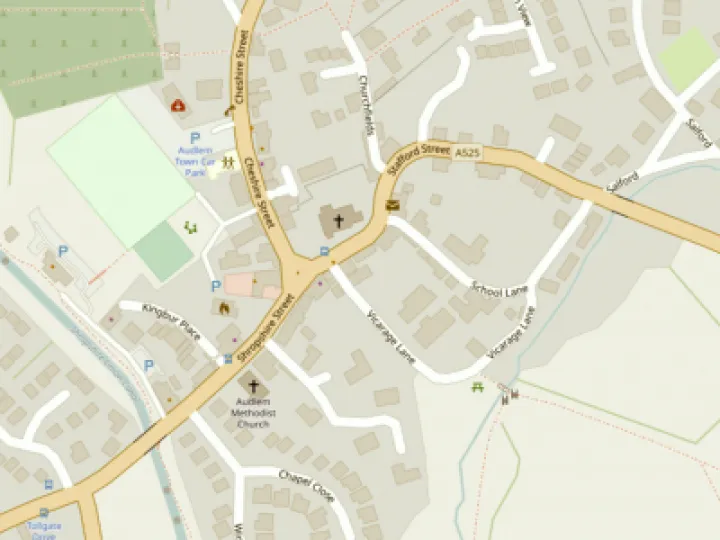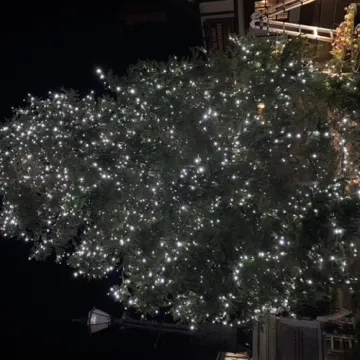
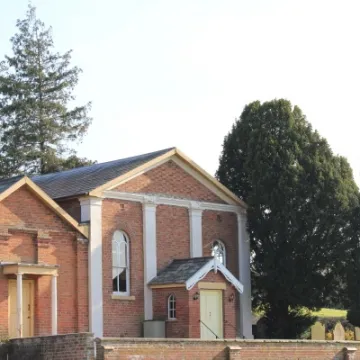

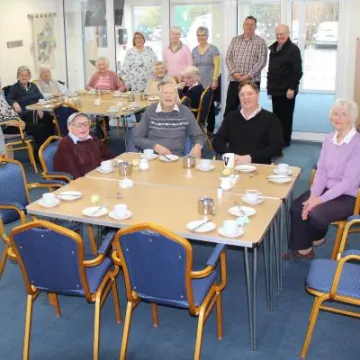




After a speedy and efficient dispatch of the business of our AGM last Thursday evening by our Chairperson Celia Bloor she then proceeded to give, to a large audience, an account of Audlem's early history.
Celia was a founder member of the Society in 1980 along with Elizabeth Huntbach and Derek McKelvey and regards herself as a stamp collector of facts rather than historical analysis and her talk certainly included plenty of those.
The first written mention of Audlem together with Buerton and Wilkesley is in the Domesday Book of 1086 but there is evidence of a dwelling before then. At the time Audlem was a narrow neck of land between the Cheshire forest and marshes thus making it easy to defend. The church mound would have been highly significant to the Celts.
The bearstone and the stone by William's Newsagents are of glacial origin. There is no evidence of any Roman occupation.
Audlem is then mentioned in the 12th century in the Foundation Charter of Combermere Abbey. There are various spellings of Audlem which means "formerly of the Lyme Wood".
The pottery kiln (found behind the butcher's in the 1940's) showed that it had been in use from 1250 to 1300.
The church dates back to 1278 but there could have been an earlier building.
The village was granted a Market Charter in 1296. A market could only be held if it was 7 miles away from any other. It was held on a Thursday.
The 1300's showed the first recorded list of vicars in Audlem. (An ancient seal was discovered in Lichfield with the inscription "the seal of the vicar of Audelyme"). Audlem never had a Lord of the Manor – Moss Hall was often rented out – and this helped to keep the village free.
When Henry IV ransacked Cheshire he decreed that any criminals escaping across the border from Shropshire to Cheshire and vice versa could be prosecuted – until then they had been able to avoid punishment!
In 1586 local poet Geoffrey Whitney brought out his "Choice of Emblemes" book and his emblem of the phoenix is the reason that the building once the home of the old Co-op was called the Phoenix.
There are a number of black and white buildings still in evidence around the village, e.g. Moss Hall, Highfields ( both important in The Civil War with opposing forces staying in each) and Butterley Heys but sadly several have disappeared e.g. Taintree House.
Celia ended her well – illustrated and extremely informative talk in 1655 when the building of the Grammar School was completed – the staircase of which is still in situ.
We look forward to hearing Part 2!!
This article is from our news archive. As a result pictures or videos originally associated with it may have been removed and some of the content may no longer be accurate or relevant.
Get In Touch
AudlemOnline is powered by our active community.
Please send us your news and views using the button below:
Email: editor@audlem.org

